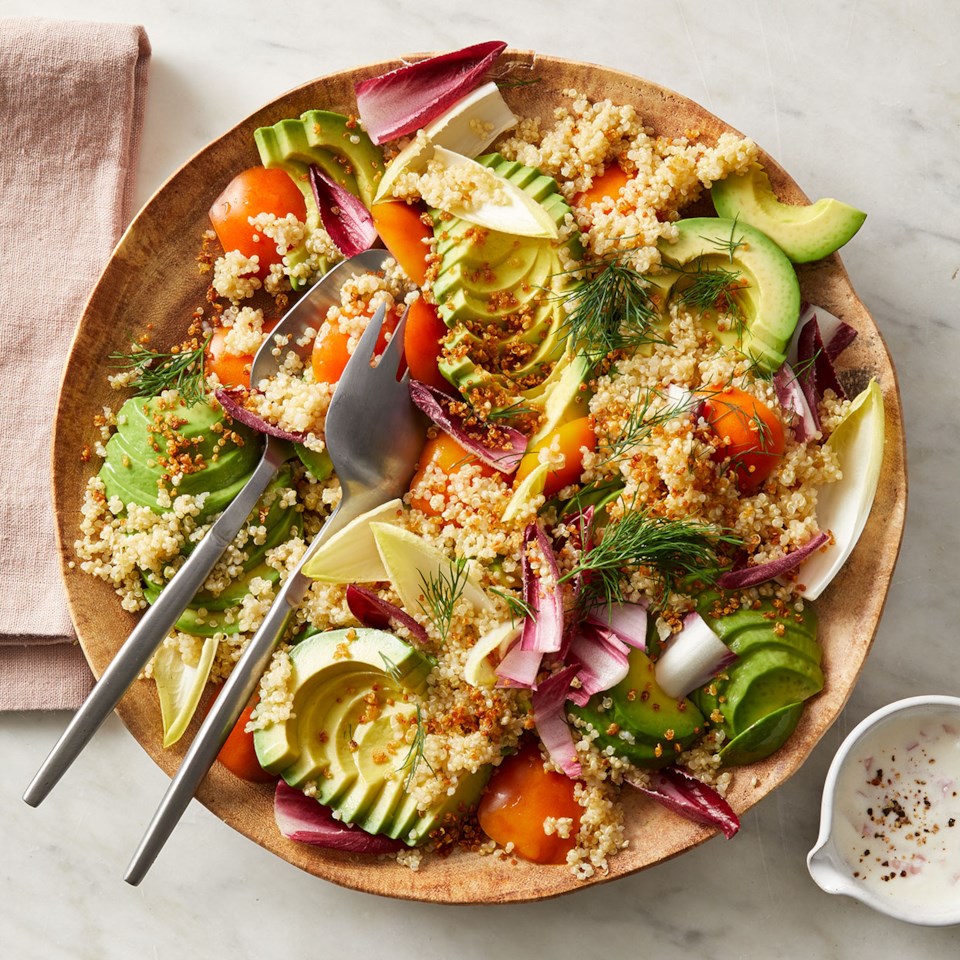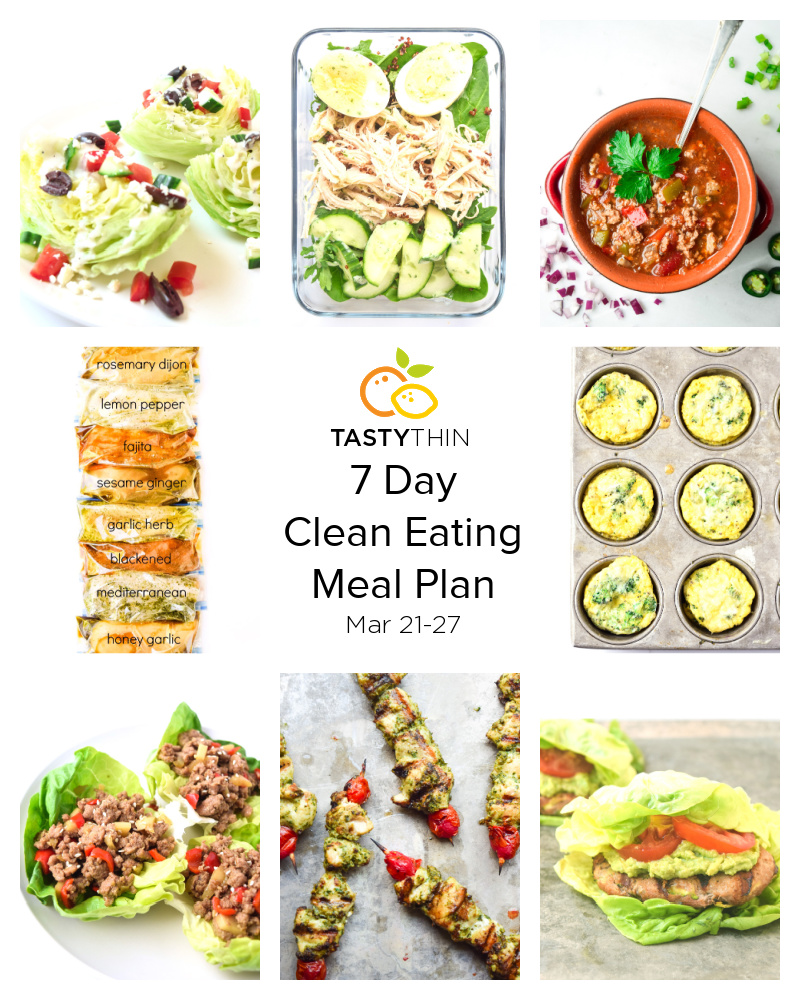
You've found the right place if you are looking for ways to burn belly fat. This article will help you make your body work harder, whether you are looking for planks or crunches, HIIT exercises, or any other type of exercise. These exercises will not only help you lose fat but also give you strength and balance. Furthermore, you'll see why more muscle is better than cardio for burning fat.
Exercises to lose belly fat
The most effective way to burn belly fat is to engage in exercises that target the abdominal region. Fat accumulation in the abdominal region can be dangerous and could pose health risks. Crunch is the most effective and basic exercise to burn belly fat. Crunch is a simple exercise that involves lying down on the ground and bending your knees so your feet touch the ground. In fifteen minutes, you can burn 500 calories by doing several rounds of crunches.
HIIT workouts
High-intensity interval Training (HIIT), can help you lose belly fat, gain weight, and improve your overall health. It involves brief bursts with high intensity activity, followed by periods of lower intensity. After a HIIT workout, the body burns more fat and oxygen than it does at rest. After the workout is done, you can still burn calories up to 48-hours later.
Planks
Planks will help you lose belly fat. These planks can be challenging initially so you might want to combine them with other exercises to increase your endurance. You will begin by holding the plank position for 20 second. Next, increase the time gradually until the pose can be held for 60, 90, and even 120 seconds. To make the exercise more challenging, you can add in other variations such as lowering your hips or lifting your arms.

HIIT
High-intensity, interval training (HIIT), which is a form of exercise that combines intense bouts of exercise with shorter periods of rest and recovery periods of lower intensity, is a type. It is known to burn calories, as your body requires more oxygen after a high-intensity workout than after a lower-intensity one. HIIT can improve cardiovascular health, stamina, and overall fitness. This workout will improve your overall health, and can help you shed excess belly fat.
Weight lifting
Weight lifting can help you lose belly fat. This type of exercise will target your entire lower body, burning calories and building muscle while shifting belly fat. The deadlift is a classic example of a workout that targets your abs. Standing with your feet shoulder-width apart, hold a barbell and weights. While maintaining your back straight, lower the weight until it is close to your body and then return to the starting position. Do not forget to squeeze your glutes after you return.
Allow for short rest periods
Although it might be tempting to train for hours without stopping, this is not advisable. For optimal power and strength, hypertrophy, fat burning, and power, scientists recommend that you take at least two to five breaks between each workout. Your nervous system needs at minimum two minutes to recharge. You may feel ready to get back on the mat after only one minute. Recent research found that most people rest for around two minutes after intense workouts.
Protein
It's no secret that protein is essential for burning belly fat. It stimulates metabolism and leads to increased energy expenditure. In addition to being an effective fat-burner, protein also promotes digestion. It takes more energy than fat and carbohydrates to digest. This increase in metabolism can result in more calories being broken down during digestion. This can cause weight loss and a reduction in appetite. Eggs are a good source of protein. They can be eaten either as a breakfast option or as part a workout plan.

Fiber
Fiber is an effective way to reduce belly weight. Fiber is an effective hunger suppressant, keeping you regular and feeling full longer. Soluble fiber should be consumed. It turns into a gel inside the digestive system. Soluble fiber can help you feel fuller for longer periods of time by controlling your appetite. A recent study found that people who increased their intake of soluble fiber for three months lost an average of 3.7 percent of their visceral fat. Adding 10 grams of soluble fiber to your diet daily is equivalent to reducing your waist circumference by 1.1 inches.
FAQ
What is a good 7-day workout schedule?
A seven day exercise program should include cardiovascular training (running or biking), strength exercises (using freeweights, weight machines) and one flexibility/core workout. It's essential to do each activity at least once a week. Each session should last no more than 45 minutes.
Cardiovascular Exercises: Running, biking, swimming
Aim to do at least 60 minutes per week of cardio. You can aim for 75 minutes a week for best results. Cardio exercises can help improve blood flow and stimulate muscle growth.
Strength Training
While cardio exercises target the heart and lungs, strength training targets the muscles and bones. Strength training can help you burn calories even when you're not working out.
Flexibility & Core Workouts
Flexibility and core workouts are great ways to strengthen your entire body. Both yoga or Pilates are great options.
How Metabolic Health is Key to Aging Well
People live longer lives than ever before. However, as they age, so do their chances of getting sicker. Even though we have made significant advances in medical science it is becoming clearer that our current approach doesn't work.
It's time to change our perceptions of health and aging. Healthful aging requires that we start to think about metabolic health, which is not only weight loss but overall well-being.
And if you want to live an active life for decades to come, you should ensure that your metabolism stays strong and healthy throughout your entire lifetime.
There are many options to improve your metabolic health. These 7 foods can be incorporated into your diet.
-
Resveratrol has been proven to increase cellular longevity. They are also rich in vitamins C & E and antioxidants.
-
Pinto beans and lentils make excellent sources of fiber as well as plant-based protein. These nutrients help to keep blood sugar levels constant so they don't spike and crash.
-
Broccoli contains sulforaphane, shown in studies to protect cells against DNA damage. It may even slow down cancer growth.
-
Chia seeds are rich in fiber and omega-3 fatty acid. They are also rich in antioxidants, protein, and fiber. All of these nutrients help promote heart health, brain function, and gut health.
-
Green tea contains catechins, which are polyphenols. Green tea's catechins have been linked with reduced bone fractures as well as cardiovascular disease, cognitive decline, dementia, and increased diabetes risk.
-
Salmonis one of the best sources of lean protein, low in saturated fat, and packed with vitamin D.
-
Walnuts contain omega-3s and antioxidants like alpha lipoic acid (ALA). ALA helps boost energy production and protects against inflammation.
Can I go to a gym 7 days per week?
You can go to the gym seven times a week, but not at once. You must find a time you can do it without feeling exhausted and depleted.
This will keep you motivated and provide energy for other activities.
Also, ensure you eat healthy during these times. This will make it so you don't feel tired or sluggish while going to the gym.
Last, you must make sure that there isn’t another thing competing for your attention. If you have children, it is a good idea to avoid going to school on the evenings as they can distract from your workout.
Is cardio exercise good for your health or bad?
Cardiovascular exercise has many advantages. It improves blood circulation, strengthens your heart muscle, increases stamina, helps you lose weight, and gives you energy.
Cardiovascular exercise includes running, biking, hiking, swimming, tennis, basketball, soccer, volleyball, football, etc.
It is important to keep in mind that cardio exercises should not only be performed at a high level of intensity, but also at low levels. This could lead to injury.
Only do the cardio exercise when you are feeling good.
You should never push yourself beyond your limits. If you do, you might injure your self.
It is important to warm up before you begin any cardiovascular exercise. You can then gradually increase your intensity.
Listen to your body. If you feel pain, stop doing cardio exercise immediately.
After a cardiovascular training session, it is recommended that you take some time to relax. This will allow your muscles to rest.
To lose weight, you should include cardiovascular exercise in your daily routine.
It is the most efficient way to lose weight and stomach fat.
Statistics
- Get free shipping and 25% off today. (healthline.com)
- Cardmembers earn 5% Back at Amazon.com with a Prime Credit Card. (amazon.com)
- According to the American Heart Association, blood pressure should be checked at least once every two years, beginning at age 20. (my.clevelandclinic.org)
- An estimated calorie range for moderately active adult males falls between 2,200 to 2,800 calories per day, depending on age. (eatright.org)
- By John Thompson Take a whopping 38% off a set of PowerBlock Pros. (menshealth.com)
External Links
How To
How does a man become fit in just 30 days?
Breaking down fitness goals into manageable steps will help you reach your fitness goals.
You need to make sure you are working towards the goal each day. This could include anything from 10 pushups that last 5 minutes to running 3km.
Consistently doing this will lead to positive results.
The key thing here is consistency. Keep at it until success!
What is the difference between Aerobic Fitness (or Anaerobic Fitness)?
Anaerobic fitness refers the body's ability to do intense physical work while lacking oxygen. Anaerobic pathways are used to give our bodies enough energy to perform high-intensity exercise. Anaerobic pathways include glycolysis and creatine phosphate.
Aerobic fitness, however, refers to the continuous practice of low-intensity aerobic exercise. When doing aerobic exercises, oxygen serves as the primary source for fuel for the cells. In other words, the aerobic pathway provides more energy than the anaerobic pathway.
You must build your aerobic capacity before you can run a marathon. You won't be successful if you focus only on your anaerobic ability.
Aerobic fitness is also referred to as cardiovascular fitness. The two most commonly used methods of measuring cardiovascular fitness, are VO2 Max testing and step tests.
VO2 Max Testing
VO2max is the maximum oxygen (O2) that your body can use while exercising. This test measures the amount of O2 the body can utilize while exercising.
This is one of the most accurate tests to measure cardiovascular fitness. This test requires expensive equipment, and highly qualified professionals to administer.
Step Tests
Step tests are simple yet effective methods of measuring cardiovascular fitness. These tests require you to walk or run on a track or treadmill for a set amount of time, depending on your weight and age.
These tests are inexpensive, easy to conduct, and can be done almost anywhere. For instance, you can walk on a treadmill for 2 minutes, rest for 1 minute, repeat this process for 20 minutes, and then stop. Throughout the session your heart rate should not exceed a specified range.
This method is known as the "Bruce Protocol". Bruce, a runner, developed this protocol after realizing that his heart rate did not rise when he ran longer distances.